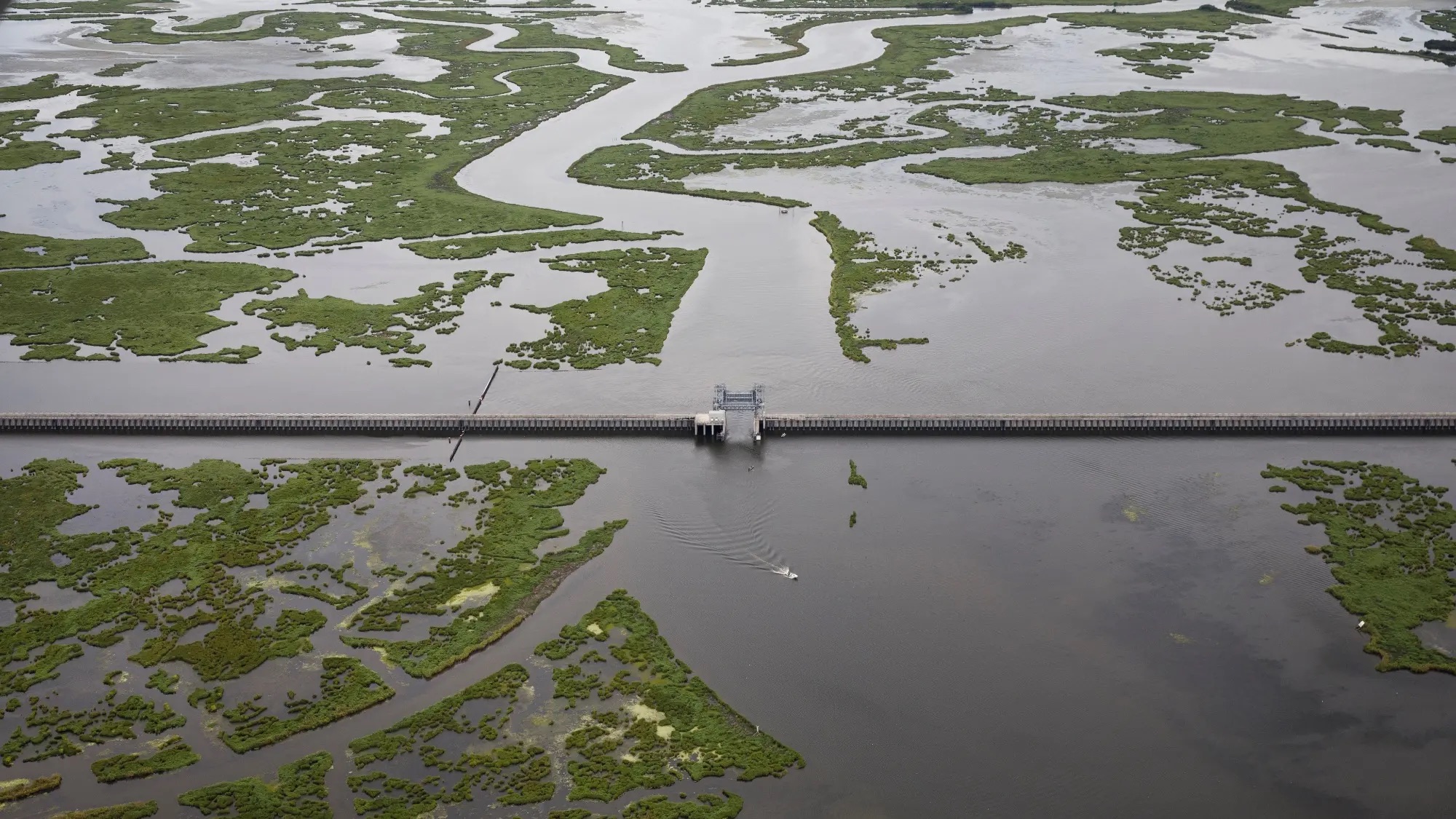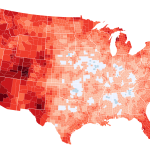A City’s Resilience Tested: Twenty Years After Katrina’s Devastation
Twenty years after Hurricane Katrina unleashed its catastrophic fury upon New Orleans, leaving a trail of nearly 1,400 lives lost and over $150 billion in economic damage, the city finds itself grappling with a sobering reality: it’s essentially back where it started in terms of vulnerability to extreme weather events. While the immediate aftermath of the storm spurred a massive, unprecedented federal investment in flood protection, the long-term implications of climate change cast a long shadow over New Orleans’ future. The question remains: is the city truly prepared for the next major hurricane?
A Fortified City, But at What Cost?
The immediate response to Katrina’s devastation was nothing short of monumental. The US Army Corps of Engineers embarked on a decade-long project, investing $14.4 billion in constructing a state-of-the-art levee system, one of the most advanced in the world. This involved rebuilding and expanding nearly 200 miles of levees across three parishes. The scale of this undertaking highlights the sheer magnitude of the catastrophe and the government’s commitment to preventing a repeat. However, the financial burden was immense, and the question of whether such a costly investment truly provides long-term security in the face of escalating climate change remains a critical one.
Climate Change: The Unseen Enemy
The improved levee system offers a crucial layer of protection, but it doesn’t address the fundamental issue: the increasing frequency and intensity of hurricanes fueled by climate change. While the engineering marvel might withstand a storm of Katrina’s magnitude, the long-term projections for sea-level rise and increasingly powerful storms suggest that even the most sophisticated infrastructure may eventually be overwhelmed. This highlights a broader challenge faced by coastal communities worldwide: the need for comprehensive adaptation strategies that go beyond simply building bigger and stronger defenses. These strategies must include investments in early warning systems, improved evacuation plans, and community resilience initiatives.
Looking Ahead: A Future of Uncertainty
The resilience of New Orleans and its citizens is undeniable. The city has rebuilt, and its cultural vibrancy remains a testament to the human spirit. However, the spectre of future storms hangs heavy in the air. The experience of the past two decades serves as a stark reminder of the devastating power of nature and the urgency of addressing climate change. The $14.4 billion investment in flood protection bought time, but it didn’t solve the underlying problem. The future of New Orleans, and other coastal cities, hinges on a proactive and multifaceted approach that tackles both immediate risks and the long-term challenges of climate change. Only then can a city steeped in history and resilience truly secure its future.
SOURCE INFORMATION:
TITLE: 20 years after Katrina, New Orleans is back where it started
DESCRIPTION: This story was originally published by Grist and is reproduced here as part of the Climate Desk collaboration. It has been 20 years since New Orleans’ faulty levee system failed during Hurricane Katrina, causing a flood that claimed almost 1,400 lives and inflicted more than $150 billion in economic damage. The catastrophe was so bad […]
SOURCE: Vox
Based on materials: Vox





